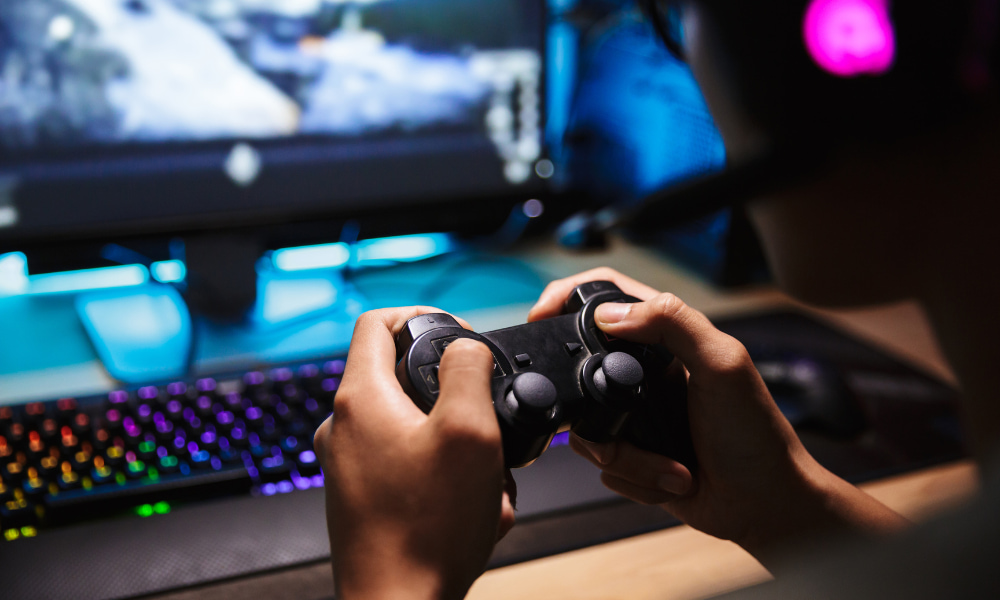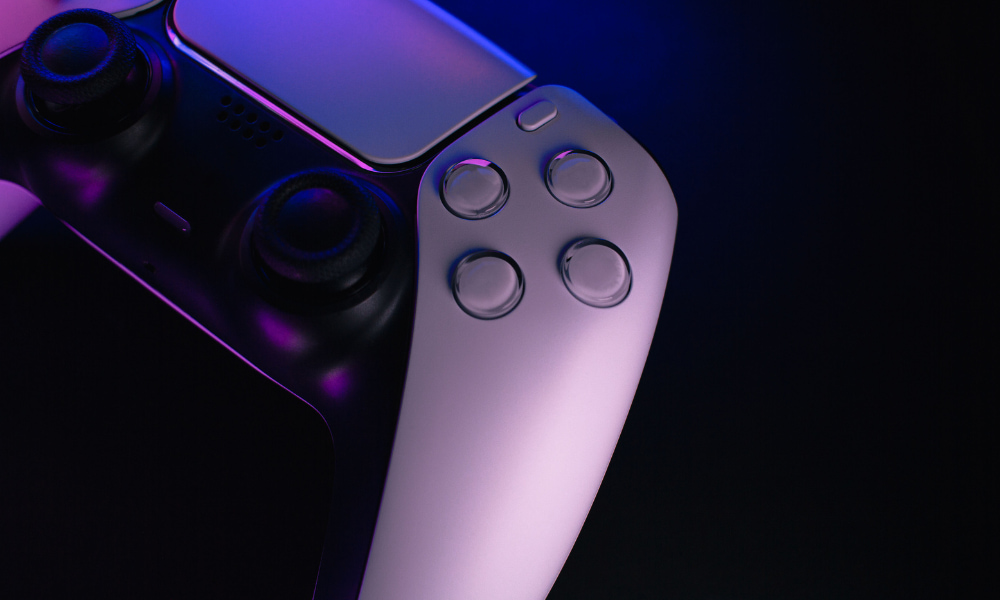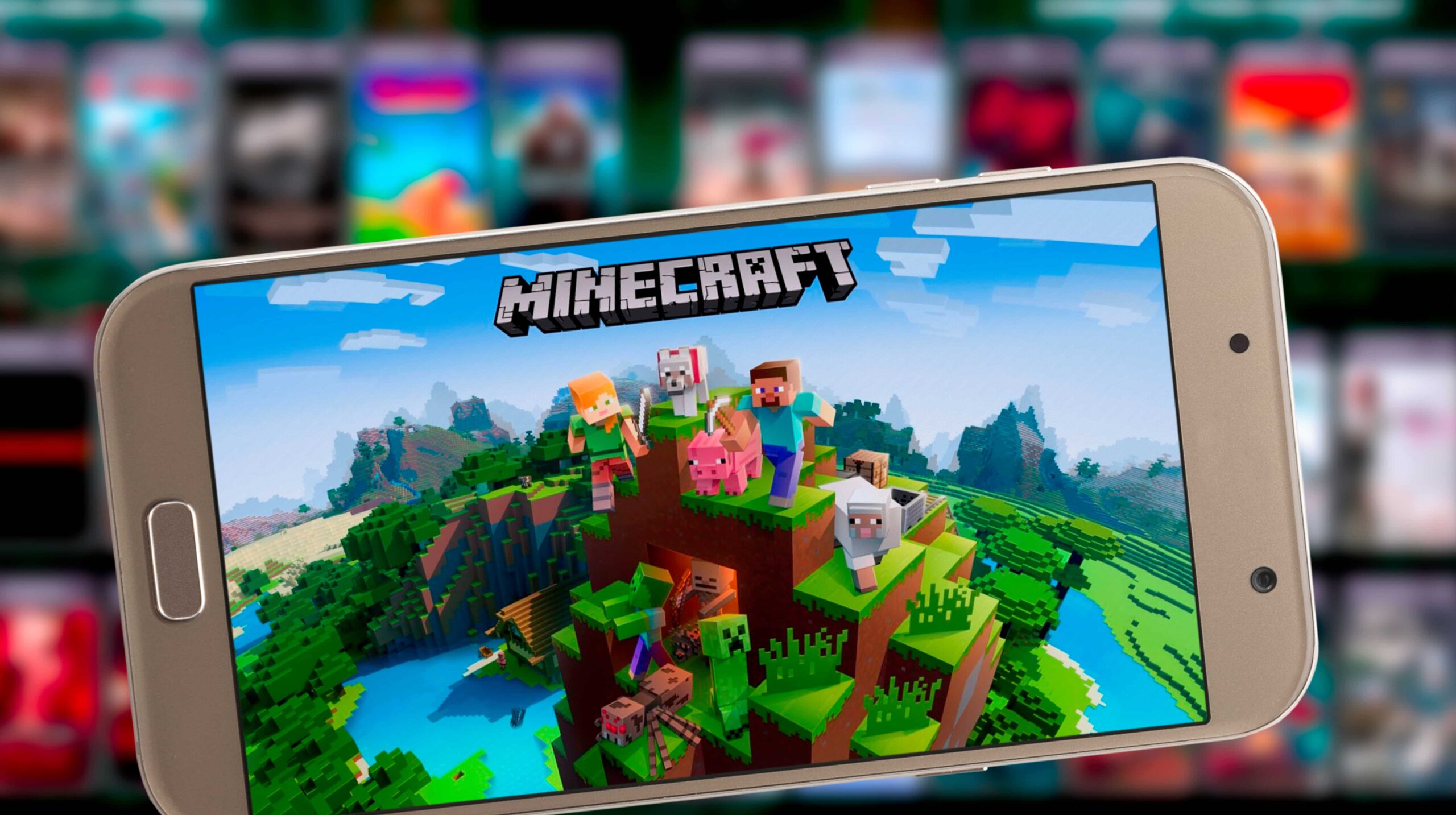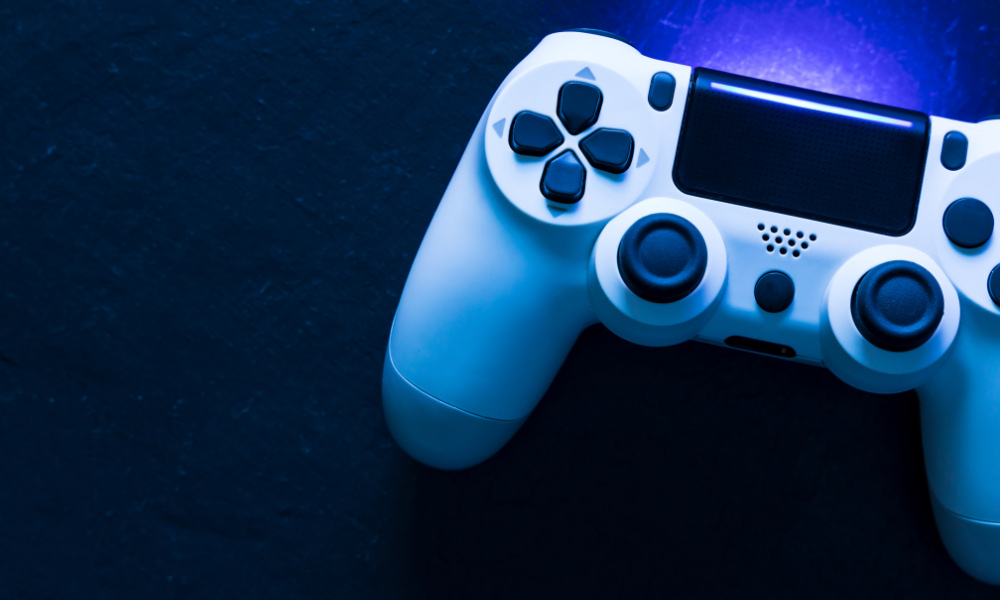Tips
What Every Gamer Should Know About Screen Time
Learn how to manage screen time, identify warning signs, and create habits that improve your performance, health, and gaming enjoyment with practical tips and examples.
Advertisement

Many players feel the urge to keep playing just one more level, even when they realize they're starting to get tired. Recognizing limits can be difficult, but understanding screen time changes your experience.
With so much technology readily available, playing for hours has become a common reality. Therefore, it's crucial to understand why regulating screen time isn't just a rule; it's a necessity for well-being.
Throughout this article, you'll discover practical strategies, warning signs, and tips for enjoying your favorite games without letting screen time affect your performance, health, or routine.
Understand how screen time affects your body and mind
Understanding the real effects of screen time allows you to make healthier gaming choices. Eye strain, back pain, and even mood swings are all possible consequences.
Paying attention to these details helps you identify when it's time to take a break. This awareness can transform your relationship with games and increase the enjoyment without negative consequences.
Recognizing the physical signs of excess
Itchy eyes, difficulty focusing, headaches, or hunched posture are some of the first physical signs of excessive screen time. Pay attention to your body.
A balanced routine includes short breaks every hour, stretching, and posture adjustments. Organizing your space reduces the risk of discomfort and promotes healthier sessions.
If you notice tingling in your hands or pain in your wrists, stop for a few minutes, move around, and take deep breaths. This will help you avoid more serious problems, such as repetitive strain injuries.
Mood swings and reduced focus: know how to act quickly
Sudden mood swings or difficulty concentrating during intense games indicate the impact of screen time on the mind. Don't ignore these signs.
When irritability strikes, it's worth closing the game for a few minutes, drinking water, and looking away from the screen. Resting your mind is as important as training your skills.
Similar to recharging a controller, taking mental breaks prevents burnout and makes the next round a new chance to play better and enjoy the experience more.
| Symptom | Body Signal | Cognitive Signal | What to do next |
|---|---|---|---|
| Tired eyes | Burning sensation, blurred vision | Quick distraction | Close your eyes for 1 minute; adjust brightness |
| Back pain | Lower back pain or hunched back | Difficulty thinking | Stand up, stretch; adjust chair |
| Tingling in the hands | Stiff wrists | Mental fatigue | Stop for 5 minutes; do hand exercises |
| Irritability | Tense facial expression | Low tolerance for error | Exit the screen; breathe slowly |
| General tiredness | Yawning, heavy shoulders | Slowness of reasoning | Drink water; take a walk around the area |
Implement break routines to improve your performance and health
Planning specific times to stop gaming keeps your screen time under control and improves your performance throughout your sessions.
Adding regular breaks to your routine prevents physical injuries and reduces mental stress, ensuring that playing remains fun, productive, and healthy for you every game.
Use alarms to manage screen time
Stick a visual reminder on your phone or computer to remind you to stop every fifty minutes. This simple tip prevents distractions when the game gets exciting.
When your alarm goes off, get up, do a quick stretch, and walk around the house. Your brain recovers faster, and you'll feel renewed energy to get back to the game.
- Set a scheduled break: Choose times before you engage in the game and stick to them, even in decisive rounds.
- Stretch: With each break, move your shoulders, neck, and hands to avoid accumulated tension.
- Stay hydrated: Take advantage of every break to drink water, which helps you stay focused when you return.
- Adjust the environment: Adjust the lighting and screen height to reduce physical discomfort.
- Talk to friends: Discuss limits and schedule breaks together, creating a healthy culture of screen time management.
Staying aware of time stimulates body and mental awareness, making each session more productive and comfortable, without sacrificing the pleasure of playing your favorite games.
Incorporate active breaks instead of just staring away
Taking active breaks accelerates physical relaxation. Move around, bend your knees, and take deep breaths to effectively oxygenate your brain.
Move closer to the window or touch the plants in the room. Stimulate your senses beyond sight to signal the transition from screen time to rest.
- Prepare short walking circuits: Choose spots around the house to go to for each break, changing the repetitive routine of standing still.
- Organize controls and accessories: Take the time to clean or properly store your equipment after use.
- Exchange ideas about games: Use breaks to talk about strategies, avoiding a rushed return to the game.
- Change your activity: Try listening to music during your break to avoid getting your mind stuck on the game.
- Record feelings: Record how you feel throughout the day as your screen time increases or decreases.
These small actions, in addition to improving your physique, provide practical information about the real impact of screen time on your routine and health, making it easier to make adjustments to your daily gaming routine.
Identify your main triggers for excessive screen time
Knowing the signs that make you push your limits is essential to keeping your screen time at healthy levels for your body and mind.
Understanding these situations allows you to act faster and develop containment strategies before the damage is felt. Analyzing your routine is very helpful.
Recognize patterns in your own behavior
Realizing that you're using screen time on weekends or during late-night binge-watching is the first step. Map out the days, times, and real reasons.
For example, "I always stay up late on Fridays because everyone logs in to play together," or "I binge-watch alone when I want to forget about work problems." Identify common phrases in your vocabulary.
Based on this diagnosis, plan adjustments: set times for group play and solo play. Setting limits with friends also makes it easier to stick to the allotted screen time.
Understand how external influences impact your control
Notifications about promotions, releases, or seasonal events in games increase the desire to stay connected, naturally increasing screen time.
Being aware of this allows you to better filter invitations for long sessions and know how to choose more carefully when it's really worth engaging for hours at a time.
Turn off alerts during workdays or mute groups when you need to focus on other activities. Ask friends for support in maintaining boundaries and adjusting expectations for participation in online events.
Adjust your playing environment to maximize comfort and reduce impact
A well-organized gaming station reduces the physical impact of prolonged screen time. Position yourself correctly to ensure prolonged gameplay without harming your body.
Pay attention to the details of your setup: soft lighting, an anatomical chair, a monitor at eye level, and organized accessories. Each element contributes to endurance during long sessions.
The right lighting and furniture enhance your experience.
Keep the room well lit, avoiding direct light on the monitor. Using diffused light reduces visual stress, the main cause of discomfort after long hours of screen time.
A chair and desk at the correct height aligns your spine and wrists, preventing lower back pain and shoulder tension. Adjust the angle and distance from the monitor to avoid slouching.
If you feel any discomfort, reassess your surroundings and make small changes. Micro-adjustments prevent accumulated fatigue and keep your focus on the game, without putting your physical health at risk.
Organizing wires and accessories prevents unexpected events
Avoid tripping or disconnections by organizing headphones, cables, and controls. Group cords using clips behind your desk, making cleaning and quick replacement easier.
Always keep controllers and chargers in the same place. This routine prevents unnecessary breaks and promotes focus during each planned break from screen time.
These practical precautions, combined with the organization of the space, ensure fluidity when sitting down and standing up during breaks, integrating health and comfort into the gaming routine.
Track metrics and set realistic goals for your screen time
Managing screen time is an ongoing process that begins with regularly tracking metrics such as session start and end times, reasons for each break, and weekly gaming frequency.
Using tracking apps, calendars, or even spreadsheets helps you visualize patterns and set progressive goals to stay within manageable limits.
Create observable weekly goals and adjust them as you go.
Start by setting a total weekly hours for your main game types. Compare your results each weekend and adjust upwards or downwards as needed.
Weekly, analyze: "Did I play more because I needed to relax, or did I just lose track of time?" Record these observations to adjust goals and lessen the impact of excessive screen time.
A good practice is to reward yourself for following your limits, creating rewards like extra time on the weekend or trying new games only when your goals are met.
Online tools that help regulate gaming habits
There are apps that block social networks or games at pre-set times, making it easier to achieve established goals.
Visual reports show where you spent the most screen time, allowing you to fine-tune your priorities consciously. Use this information to plan digital downtime.
These tools, when used with discipline, reinforce the positive habit of controlling screen time, making gaming a source of pleasure, not exhaustion or guilt.
Strengthen your relationships and activities outside of games for real balance
Creating a routine that values in-person meetings, offline hobbies, and conversations outside of game chats reinforces boundaries and shows that screen time is just part of leisure.
Players who explore multiple activities gain a deeper repertoire, maintain strong mental health, and don't feel guilty about dedicating time to the digital world, as balance is already part of their routine.
Share experiences with friends and family without using screens
Plan outings, walks, or board games to maintain in-person social connections. Ask friends about new plans beyond the screen.
Set aside time on the weekend for face-to-face conversations. Share lessons learned from the gaming world, without necessarily competing or comparing screen time.
Many players report that maintaining these side activities makes returning to the game even more fun and gives them a renewed perspective, without regrets about having isolated themselves for too long.
Discover new hobbies and create personal micro-challenges
Small experiences, like learning to cook, draw, or play an instrument, transform idleness into a real opportunity for growth. Set quick challenges: "I will learn one recipe a week."
By dividing screen time with other activities, returning to the game is guilt-free, as your time is better distributed and your varied interests are being considered.
These micro-challenges even help renew inspiration for new games, making screen time even more strategic, planned, and healthy for the mind and body.
Prioritize self-control: well-being and fun side by side
Self-control is the key to ensuring that screen time doesn't detract from your enjoyment of gaming. Adopting small self-awareness practices keeps your body and mind aligned with your personal goals.
Review physical signs, monitor emotions, and adjust weekly limits based on your daily routine. This way, you can fully enjoy each gaming session without overdoing it.
Maintaining a balance between screen time, healthy routines, and offline leisure time increases your energy and willingness to face all the challenges of everyday life, both inside and outside the gaming world.

Call of Duty: Play for free
Call of Duty offers intense action with realistic graphics and varied modes, including multiplayer and battle royale.
Trending Topics

iCarros vehicle financing: credit approved even with a bad credit history
Discover how to finance your vehicle with iCarros, even if you have a credit restriction. Fast, digital proposals backed by Itaú.
Keep Reading
The importance of properly configuring controls before playing
Adjusting the controls early on can transform your gaming experience, ensuring quick responses, precision, and greater immersion in every match.
Keep Reading
Minecraft: Explore, Build, and Survive in an Infinite World
Discover the world of Minecraft: creativity, survival, and endless possibilities in one of the most iconic games of all time.
Keep ReadingYou may also like

Best Hairstyle Apps: Explore Trends Without Leaving Home
Discover the best apps for changing your hair and try out realistic cuts and colors before transforming your look for real!
Keep Reading
Make the most of multiplayer mode with good strategies
Improve your communication, create balanced teams, and adapt strategies in multiplayer mode to optimize performance and secure victories.
Keep Reading
Tips for protecting your privacy in apps
Protecting privacy in apps requires permission adjustments, shared data controls, and strong authentication, creating continuous security.
Keep Reading